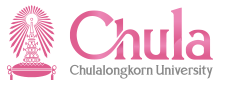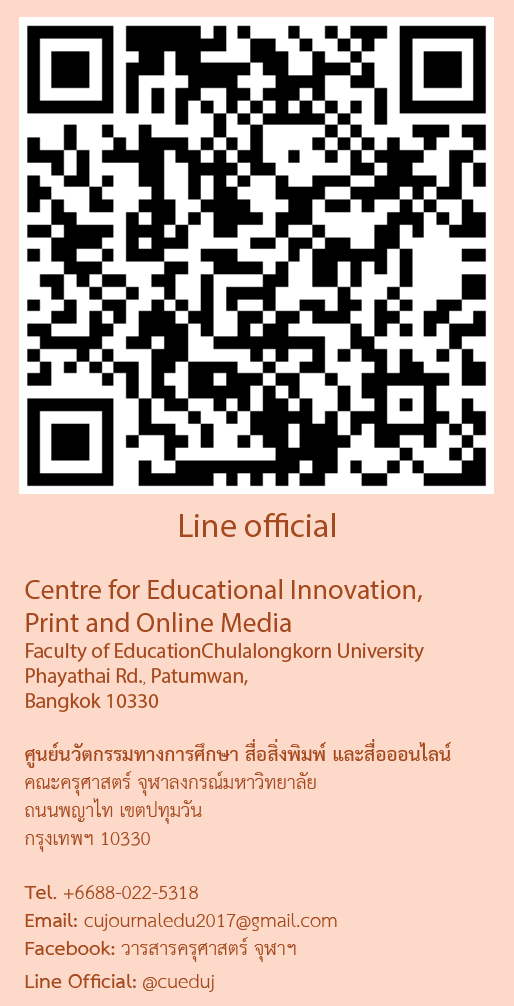Abstract
The objectives of research were 1) to study the components of the Visual Literacy Ability test (VLA); 2) to develop the VLA for undergraduate students; and 3) to construct a norm for the VLA. The research sample, selected using a stratified multi-stage cluster sampling, was 960 undergraduate students in total.The research tool was the Visual Literacy Ability test. The research results showed that: 1) There are seven VLA components, as follows; i) Determine the extent of the visual materials needed ii) Find and access needed images iii) Interpret and analyze the meanings of images iv) Evaluate images and their sources v) Use images vi) Design and create meaningful images, and vii) Understand many of the ethical issues surrounding the creation and use of images, as well as access and use visual materials ethically. 2) The VLA test comprises a multiple-choice objective test, 35 items in total, and 2 items of gap-filling objective test. The IOC value of the VLA test ranged between 0.7-1.00 3) The norm of the VLA of undergraduate students in Thailand was found to be in normal-t value, from 36.58 to 71.67.
Publisher
Faculty of Education, Chulalongkorn University
DOI
10.58837/CHULA.EDUCU.48.2.13
First Page
225
Last Page
240
Recommended Citation
Rattanawongsa, Rattama; Koraneekij, Prakob; and Pichayapaiboon, Poonarat
(2020)
"The Development of a Visual Literacy Ability Test for Undergraduate Students,"
Journal of Education Studies: Vol. 48:
Iss.
2, Article 13.
DOI: 10.58837/CHULA.EDUCU.48.2.13
Available at:
https://digital.car.chula.ac.th/educujournal/vol48/iss2/13


